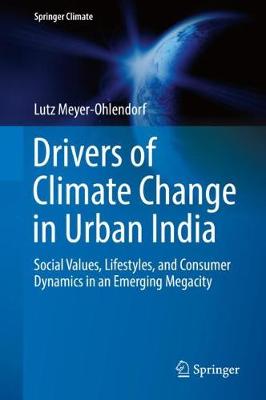Springer Climate
1 total work
This study transcends the homogenizing (inter-)national level of argumentation (‘rich’ versus ‘poor’ countries), and instead looks at a sub-national level in two respects: (1) geographically it focuses on the rapidly growing megacity of Hyderabad; (2) in socio-economic terms the urban population is disaggregated by taking a lifestyle typology approach. For the first time, the lifestyle concept – traditionally being used in affluent consumer societies – is applied to a dynamically transforming and socially heterogeneous urban society. Methodically, the author includes India-specific value orientations as well as social practices as markers of social structural differentiation. The study identifies differentials of lifestyle-induced GHG emissions (carbon footprints) and underlines the ambiguity of a purely income based differentiation with regard to the levels of contribution to the climate problem.
